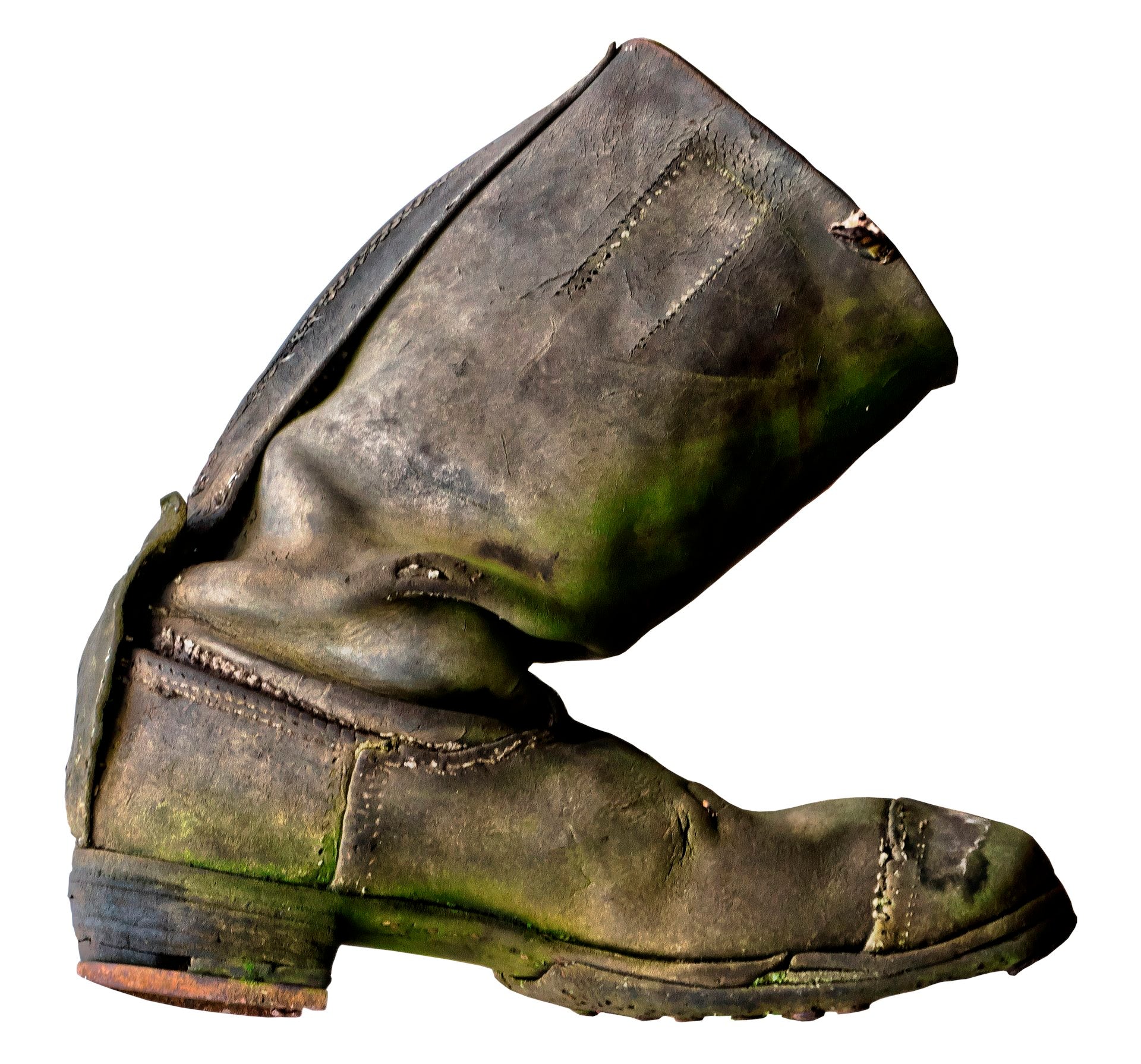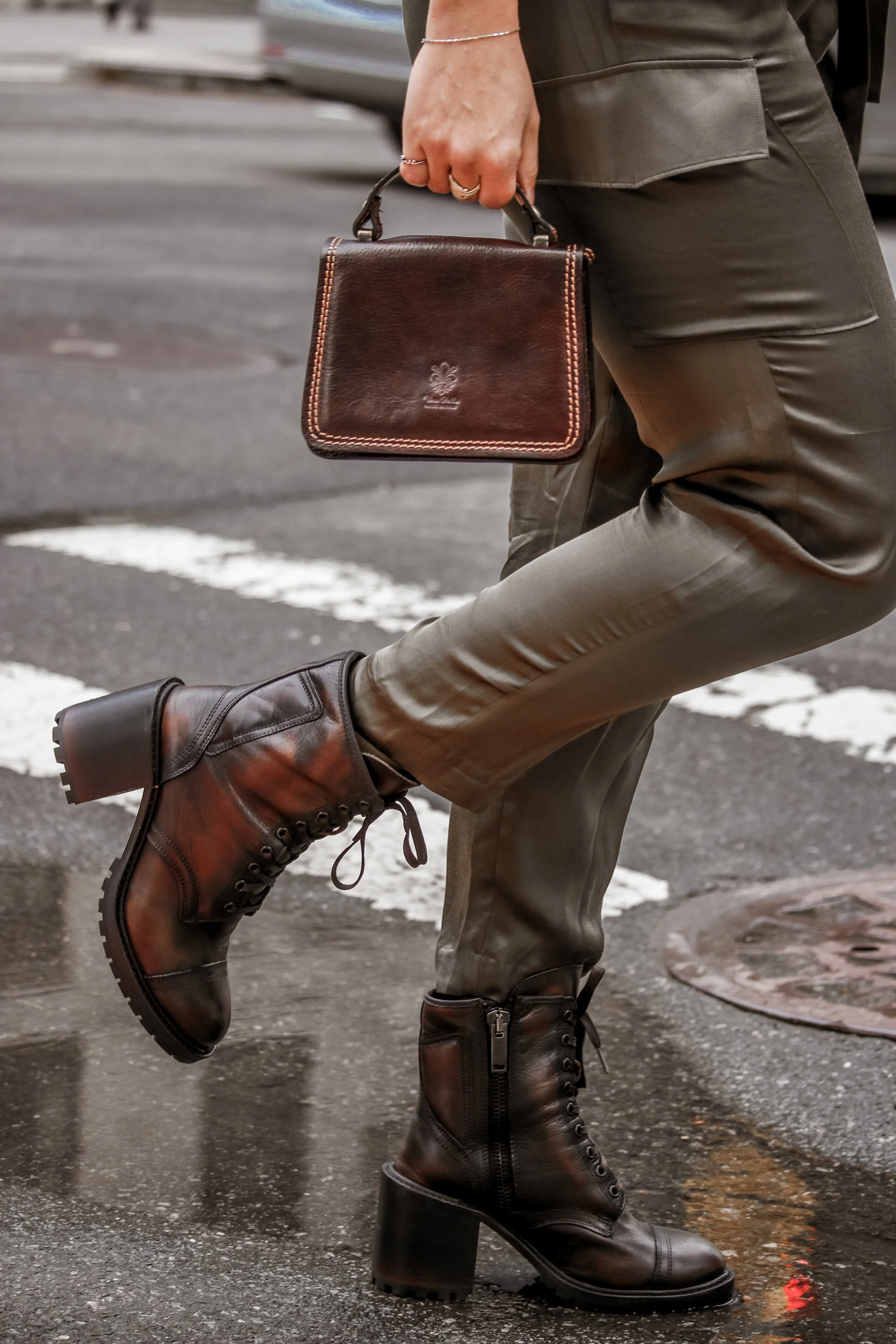Introduction
Dry rot can be a nightmare for shoe lovers and enthusiasts alike. Just imagine pulling out your favorite pair of leather boots or sneakers from the closet only to find them crumbling and useless! In this comprehensive guide, we will explore everything you need to know about preventing your shoes from dry rotting, keeping them in pristine condition for years to come.
From understanding the causes of dry rot to practical tips for shoe care, we’ve got you covered. But first, let’s dive into what dry rot really means in the context of footwear.
What is Dry Rot in Shoes?
Dry rot occurs when the materials in shoes, especially leather, begin to lose their moisture content due to age and environmental factors. This condition is accelerated by exposure to heat, sunlight, and even humidity. The result? Cracks, splits, and a general breakdown of the material, rendering your beloved shoes unwearable.
How Does Dry Rot Affect Different Types of Shoes?
Leather Shoes
Leather, while durable, is particularly susceptible to dry rot. As it loses moisture, it becomes stiff and brittle.
Synthetic Shoes
Shoes made from synthetic materials can also suffer from dry rot, albeit at a different pace. While they don’t absorb moisture as leather does, prolonged exposure to UV light can degrade these materials over time.

Canvas Shoes
Canvas shoes, often used in casual settings, can also fall victim to dry rot. Their fibers can become frayed and weak if not stored properly.
The Causes of Dry Rot
Understanding what causes shoes to dry rot is key to prevention. Here are some common factors:
1. Environmental Conditions
Dry heat and humidity can wreak havoc on your footwear. Shoes stored in places with fluctuating temperatures are particularly vulnerable.

2. Lack of Proper Maintenance
Neglecting your shoes can lead to moisture loss. Regular care helps retain the material’s natural oils.
3. Improper Storage
Storing shoes in a damp area or direct sunlight can lead to dry rot. Make sure to choose your storage space wisely!

Real-World Footwear Experiences
Case Study: The Tragedy of Overlooked Boots
A friend of mine bought a pair of high-quality leather hiking boots and left them in her garage for a couple of years. When she finally retrieved them for a weekend trip, they were dry rotted. The leather cracked, making them unusable. This experience serves as a cautionary tale about the importance of proper storage and care.
Case Study: Sneakers Saved from the Brink
Another individual I know had a collection of vintage sneakers. After learning about dry rot, he began regularly cleaning and conditioning them. He also invested in a shoe tree and stored them away from sunlight. His sneakers remained in excellent condition, proving that proactive care pays off.

Tips to Prevent Shoes from Dry Rotting
1. Regular Cleaning
Keeping your shoes clean is more than just aesthetics; it also prevents buildup of dirt and grime that can lead to deterioration. Use a soft brush to remove dust and a damp cloth for tougher stains.

2. Conditioning Leather Shoes
Regularly condition leather shoes with a high-quality leather conditioner. This will help maintain moisture levels and extend their life.
3. Proper Storage
Store your shoes in a cool, dry place away from direct sunlight. Using shoe bags or boxes can also help.

4. Use Shoe Trees
Shoe trees help maintain the shape of your shoes and wick away moisture. Opt for cedar shoe trees for added fragrance and moisture absorption.
5. Rotate Your Shoes
Wearing the same pair constantly can lead to undue stress on the materials. Rotate your footwear to give each pair a break.

6. Keep an Eye on Humidity
Using a dehumidifier in areas where you store your shoes can help prevent moisture buildup that might promote dry rot.
7. Use Desiccants
Consider using silica gel packets or other desiccants in shoe boxes to absorb moisture.
8. Avoid Plastic Storage
While it might seem like a good idea, plastic containers can trap moisture. Opt for breathable storage solutions.
9. Get Professional Help
Regularly take your shoes to a professional for a thorough cleaning and conditioning. They can identify issues you might overlook.
Comparison Table: Types of Shoe Care Products
| Product Type | Description | Pros | Cons |
|---|---|---|---|
| Leather Conditioner | Keeps leather pliable and prevents drying | Extends life of leather | Can be expensive |
| Water Repellent Spray | Protects shoes from water damage | Easy to apply, protects against spills | Needs to be reapplied periodically |
| Shoe Cleaner | Cleans and removes stains | Restores appearance | May not restore dried-out shoes |
| Dehumidifier | Reduces humidity in storage areas | Prevents mold and mildew | Requires electricity |
| Shoe Trees | Maintains shape and absorbs moisture | Prolongs shoe life, keeps them fresh | Can be an extra expense |
Product Highlights
Recommended Leather Conditioner
- Product Name: Bickmore Bick 4 Leather Conditioner
- Why It’s Great: This conditioner penetrates deeply to restore and maintain leather’s natural oils, preventing drying and cracking.
Must-Have Water Repellent Spray
- Product Name: Nikwax TX.Direct Spray-On
- Why It’s Great: Designed for shoes, this spray provides excellent water repellency without compromising breathability.
Best Shoe Trees
- Product Name: Woodlore Cedar Shoe Tree
- Why It’s Great: Made from high-quality cedar, these shoe trees absorb moisture and odors while maintaining the shape of your shoes.
Pros and Cons of Shoe Care Products
Pros:
- Extended Lifespan: Proper care products can significantly extend the life of your shoes.
- Aesthetic Appeal: Keeping shoes clean and conditioned enhances their appearance.
- Comfort: Well-maintained shoes offer better support and comfort.
Cons:
- Cost: High-quality care products can be pricey.
- Time-Consuming: Regular maintenance requires time and effort.
- Learning Curve: Some people may find it challenging to learn how to properly care for different shoe materials.
FAQs About Preventing Shoe Dry Rot
1. What is the best way to store shoes to prevent dry rot?
Answer: Store shoes in a cool, dry place away from direct sunlight. Using breathable storage containers is also recommended.
2. How often should I clean my shoes?
Answer: Ideally, clean your shoes after every wear, especially if they have been exposed to dirt or moisture.
3. Can dry rot be repaired?
Answer: Unfortunately, dry rot is often irreversible. Prevention is key.
4. What is a good leather conditioner?
Answer: Bickmore Bick 4 Leather Conditioner is a highly recommended option.
5. Can I use regular soap to clean my shoes?
Answer: It’s best to use a cleaner specifically designed for footwear to avoid damaging the materials.
6. How can I tell if my shoes are dry rotting?
Answer: Look for cracks, stiffness, or a general breakdown of the material.
7. Is it okay to wear my shoes in the rain?
Answer: If your shoes are not water-resistant, it’s best to avoid wearing them in the rain to prevent damage.
8. How can I prevent my sneakers from drying out?
Answer: Regular cleaning and conditioning, along with proper storage, can help keep sneakers in good condition.
9. Should I let my shoes air out?
Answer: Yes! Allowing your shoes to air out after wear can prevent moisture buildup.
10. Can exposure to UV light cause dry rot?
Answer: Yes, prolonged exposure to sunlight can degrade shoe materials, leading to dry rot.
11. What’s the best way to maintain synthetic shoes?
Answer: Regular cleaning and avoiding prolonged exposure to direct sunlight can help maintain synthetic shoes.
Conclusion
Taking care of your footwear is crucial for extending its lifespan and ensuring that your investment lasts. By understanding the causes and manifestations of dry rot, and implementing the tips and solutions provided in this guide, you can keep your shoes looking and feeling great for years to come. Remember, a bit of maintenance goes a long way in preserving your favorite shoe collection!
Stay proactive, and happy shoe care!
References
- National Institute of Standards and Technology. (2010). The Effects of Environment on the Durability of Footwear Materials
- American Leather Association. (2018). Leather Care Guidelines
- University of Illinois Extension. (2020). Cleaning and Maintaining Your Footwear
- Leather Research Laboratory. (2017). Moisture Management in Leather